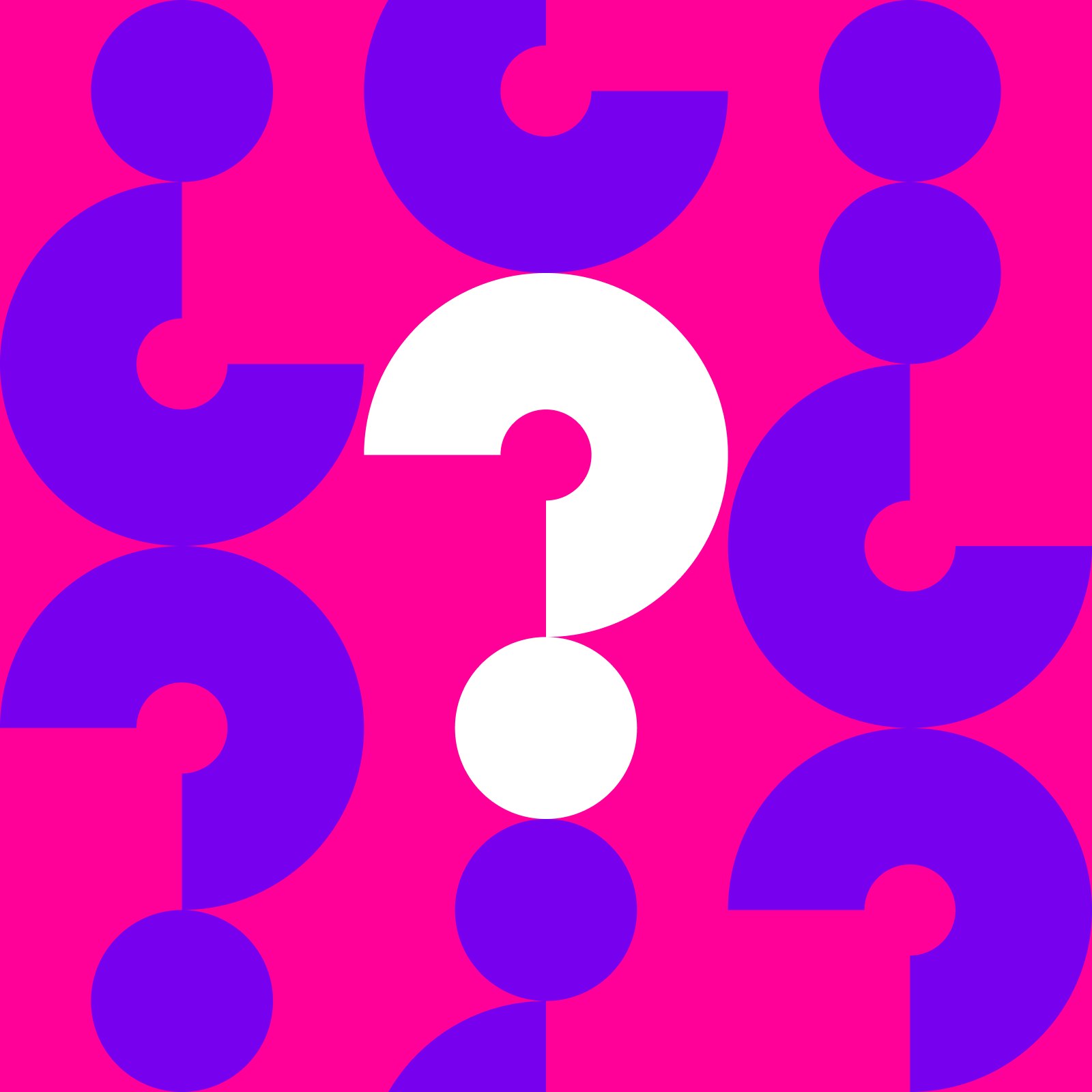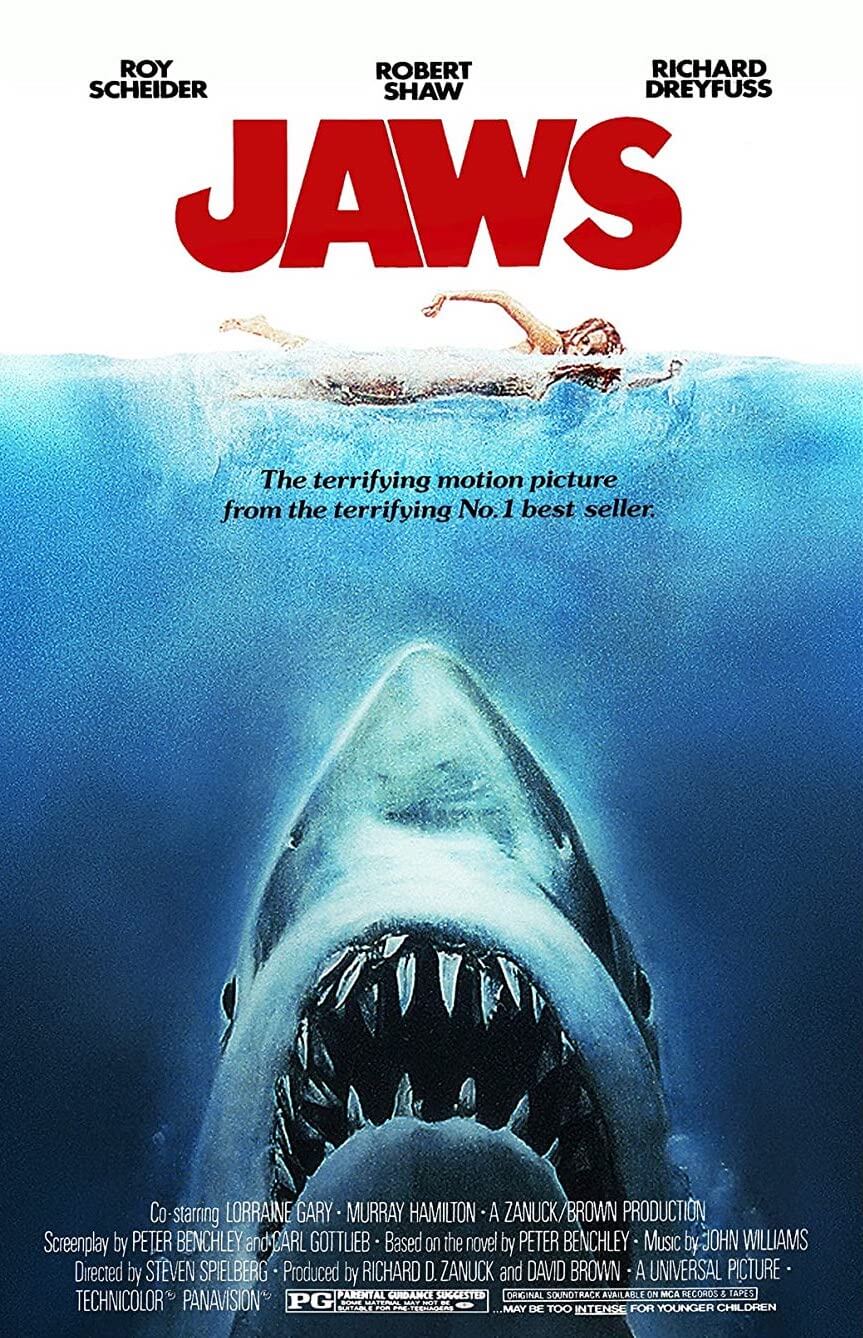Course · Part 1 · Assignment 13
Read
What Design Is (and What It Isn’t)
KeyThree
The key points from this assignment.
- It’s common to start out thinking that design is about how things look
- However, all forms of design are fundamentally problem‑centred
- So start to think of design as creative problem‑solving

Image credit: Baseline Team
Introduction
Lots of us first get interested in design because we are visually attracted to designed things.
We think, “That looks so cool! I wish I could make that”. It’s usually at this point that the most common misconception about design takes hold: that it is primarily about how things look.
This can be a difficult idea to get rid of, because, of course, design is partly about how things look. But visuals are not the essence of design.
Design as creative problem-solving
A more helpful way to look at design is to treat it as a practice of creative problem-solving.
Something which all fields of design have in common is that each project begins with some kind of problem. The job of the designer is to help develop a solution to that problem.
“Hang on,” you might be thinking, “How is a piece of graphic design, like a film poster, problem-solving?”
That’s a good question. Different fields of design are defined by the different kinds of problem they solve, or by the different approaches they take to solving a given problem.
A film poster, like most examples of graphic design, is a solution to a communication problem. Let’s return to an example we saw a few assignments ago — the poster for the film “Jaws” (1975).

We can imagine the communication problem for that project being something like this:
We’re going to advertise this film on billboards around cities and on the transport network. We need people to understand what the film’s about, who’s in it, what kind of film it is, what it’s called, how it will make them feel… and most of all, we need them to want to see it.
Note that some of these requirements are about communicating specific, factual information (name, subject matter, genre, etc.) — but the communication problem also includes emotional content. The poster design has to make the information exciting, memorable, and desirable.
Beyond the graphic design itself, a film poster usually helps solve a related business problem (for example, “make a profit from this film”), and the design team probably tackles at least one usability problem along the way (for example, “make this poster readable from a distance”).
In conclusion...
When analysing existing designs, it’s often a fruitful exercise to imagine what the creative brief for that project might have been, just as we did for the film poster just now.
Keeping in mind this idea of design as creative problem-solving, let’s analyse some more designs, and try to understand what problems they were aiming to solve.